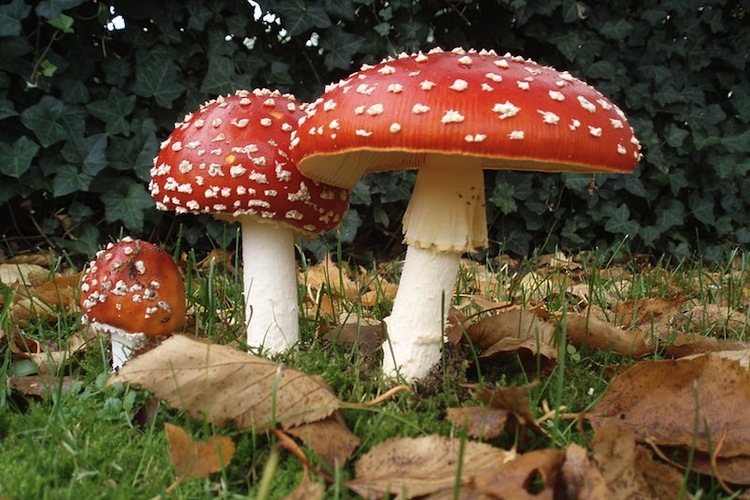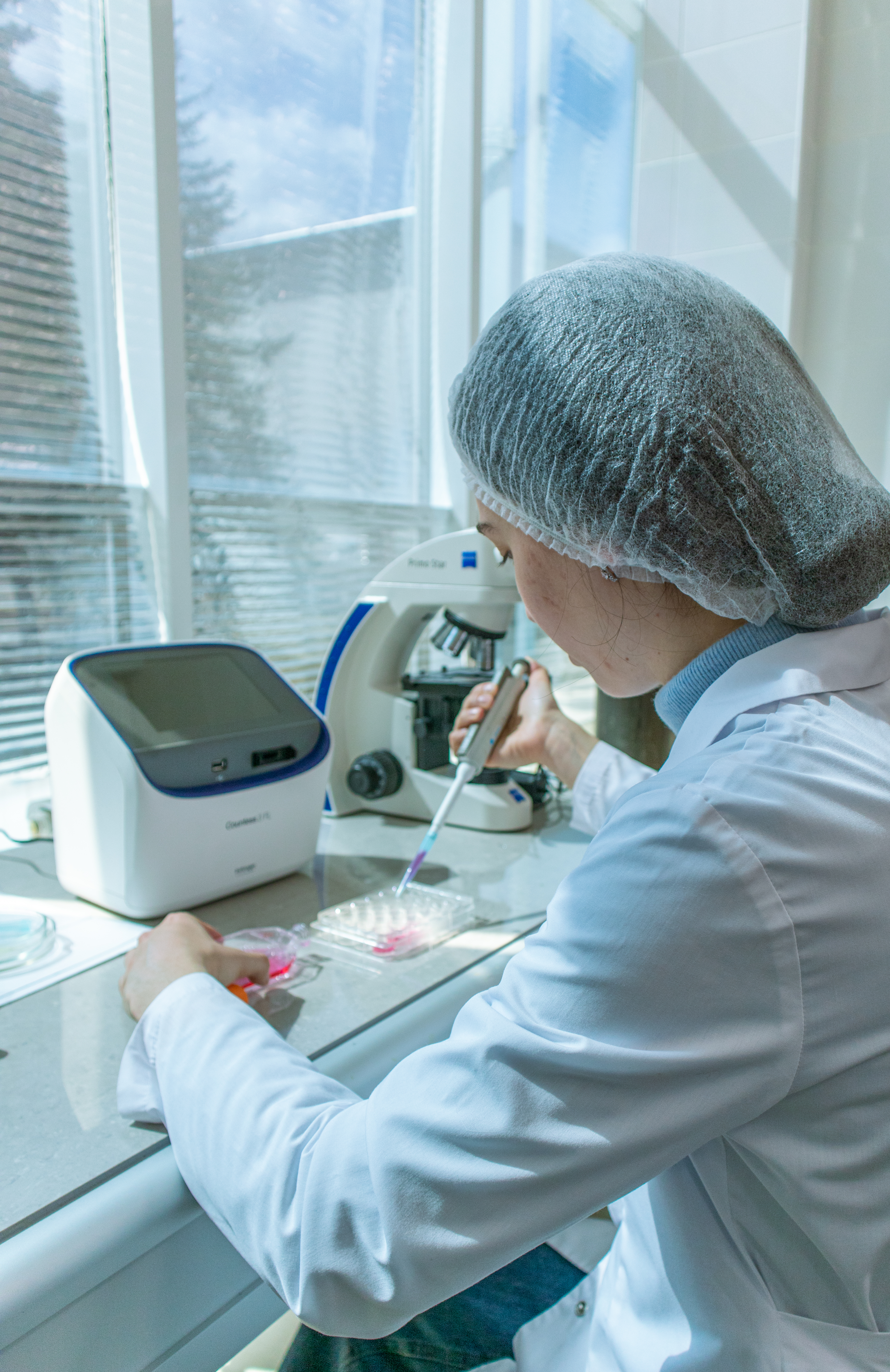|
Health Protection Agency
The Health Protection Agency (HPA) was a non-departmental public body in England. It was set up by the UK government in 2003 to protect the public from threats to their health from infectious diseases and environmental hazards. The HPA's role was to provide an integrated approach to protecting public health in the UK. It did this by providing advice and information to the general public, health professionals and local government, and by providing emergency services, support and advice to the National Health Service (NHS) and the Department of Health. The HPA also played a lead role in helping prepare for new and emerging health threats, such as bioterrorism or emerging virulent disease strains. There were four HPA centres – at Porton Down in Salisbury, Chilton in Oxfordshire, South Mimms in Hertfordshire, and Colindale in NW London. In addition, the HPA had regional laboratories across England and administrative headquarters in Central London. On 1 April 2013, the HPA minus ... [...More Info...] [...Related Items...] OR: [Wikipedia] [Google] [Baidu] |
National Radiological Protection Board
The National Radiological Protection Board (NRPB) was a public authority in the UK created by the Radiological Protection Act 1970. Its statutory functions were to conduct research on radiological protection and provide advice and information on the subject to Government Departments and others. It was also authorized to provide technical services and charge for them. Originally NRPB dealt only with ionizing radiation, but its functions were extended in 1974 to non-ionizing radiation. Structure The Board consisted of a chairman and a maximum of nine other members, later increased to twelve, all appointed by Health Ministers. Throughout its existence, NRPB had 300 members of staff on average. They were located at the headquarters in Chilton near Oxford and at laboratories in Leeds and Glasgow. The Department of Health funded the difference between the cost of NRPB and its income by annual grant. Work Research on ionizing radiation included: plutonium exposure; internal dosimetry ... [...More Info...] [...Related Items...] OR: [Wikipedia] [Google] [Baidu] |
Medicines And Healthcare Products Regulatory Agency
The Medicines and Healthcare products Regulatory Agency (MHRA) is an executive agency of the Department of Health and Social Care in the United Kingdom which is responsible for ensuring that medicines and medical devices work and are acceptably safe. The MHRA was formed in 2003 with the merger of the Medicines Control Agency (MCA) and the Medical Devices Agency (MDA). In April 2013, it merged with the National Institute for Biological Standards and Control (NIBSC) and was rebranded, with the MHRA identity being used solely for the regulatory centre within the group. The agency employs more than 1,200 people in London, York and South Mimms, Hertfordshire. Structure The MHRA is divided into three main centres: * MHRA Regulatory – the regulator for the pharmaceutical and medical devices industries * Clinical Practice Research Datalink – licences anonymised health care data to pharmaceutical companies, academics and other regulators for research * National Institute for ... [...More Info...] [...Related Items...] OR: [Wikipedia] [Google] [Baidu] |
Good Laboratory Practice
The Principles of Good Laboratory Practice (GLP) establish rules and criteria for a quality system that oversees the organizational processes and conditions in which non-clinical (non-pharmaceutical) health and environmental safety–or simply toxicology–studies are planned, conducted, monitored, recorded, reported, and archived. These principles apply to the toxicity testing of chemicals in commerce, to ensure the quality and integrity of the safety data submitted by manufacturers to regulatory authorities globally. History The historical events leading to the proposal of the Good Laboratory Practice (GLP) regulations are crucial for understanding why these regulations are important to improve the quality and integrity of chemical safety data. They were developed in response to concerns about the reliability of toxicity data from industry. The GLP regulations aim to standardize procedures and practices to ensure accurate, reliable, and traceable safety data. GLP was first introd ... [...More Info...] [...Related Items...] OR: [Wikipedia] [Google] [Baidu] |
Toxin
A toxin is a naturally occurring poison produced by metabolic activities of living cells or organisms. They occur especially as proteins, often conjugated. The term was first used by organic chemist Ludwig Brieger (1849–1919), derived from '' toxic''. Toxins can be small molecules, peptides, or proteins that are capable of causing disease on contact with or absorption by body tissues interacting with biological macromolecules such as enzymes or cellular receptors. They vary greatly in their toxicity, ranging from usually minor (such as a bee sting) to potentially fatal even at extremely low doses (such as botulinum toxin). Terminology Toxins are often distinguished from other chemical agents strictly based on their biological origin. Less strict understandings embrace naturally occurring inorganic toxins, such as arsenic. Other understandings embrace synthetic analogs of naturally occurring organic poisons as toxins, and may or may not embrace naturally oc ... [...More Info...] [...Related Items...] OR: [Wikipedia] [Google] [Baidu] |
Vaccine
A vaccine is a biological Dosage form, preparation that provides active acquired immunity to a particular infectious disease, infectious or cancer, malignant disease. The safety and effectiveness of vaccines has been widely studied and verified. A vaccine typically contains an agent that resembles a disease-causing microorganism and is often made from weakened or killed forms of the microbe, its toxins, or one of its surface proteins. The agent stimulates the body's immune system to recognize the agent as a threat, destroy it, and recognize further and destroy any of the microorganisms associated with that agent that it may encounter in the future. Vaccines can be prophylaxis, prophylactic (to prevent or alleviate the effects of a future infection by a natural or "wild" pathogen), or therapeutic vaccines, therapeutic (to fight a disease that has already occurred, such as cancer vaccine, cancer). Some vaccines offer full sterilizing immunity, in which infection is prevented. T ... [...More Info...] [...Related Items...] OR: [Wikipedia] [Google] [Baidu] |
Bacteria
Bacteria (; : bacterium) are ubiquitous, mostly free-living organisms often consisting of one Cell (biology), biological cell. They constitute a large domain (biology), domain of Prokaryote, prokaryotic microorganisms. Typically a few micrometres in length, bacteria were among the first life forms to appear on Earth, and are present in most of its habitats. Bacteria inhabit the air, soil, water, Hot spring, acidic hot springs, radioactive waste, and the deep biosphere of Earth's crust. Bacteria play a vital role in many stages of the nutrient cycle by recycling nutrients and the nitrogen fixation, fixation of nitrogen from the Earth's atmosphere, atmosphere. The nutrient cycle includes the decomposition of cadaver, dead bodies; bacteria are responsible for the putrefaction stage in this process. In the biological communities surrounding hydrothermal vents and cold seeps, extremophile bacteria provide the nutrients needed to sustain life by converting dissolved compounds, suc ... [...More Info...] [...Related Items...] OR: [Wikipedia] [Google] [Baidu] |
Pharmaceutical
Medication (also called medicament, medicine, pharmaceutical drug, medicinal product, medicinal drug or simply drug) is a drug used to diagnose, cure, treat, or prevent disease. Drug therapy ( pharmacotherapy) is an important part of the medical field and relies on the science of pharmacology for continual advancement and on pharmacy for appropriate management. Drugs are classified in many ways. One of the key divisions is by level of control, which distinguishes prescription drugs (those that a pharmacist dispenses only on the medical prescription) from over-the-counter drugs (those that consumers can order for themselves). Medicines may be classified by mode of action, route of administration, biological system affected, or therapeutic effects. The World Health Organization keeps a list of essential medicines. Drug discovery and drug development are complex and expensive endeavors undertaken by pharmaceutical companies, academic scientists, and government ... [...More Info...] [...Related Items...] OR: [Wikipedia] [Google] [Baidu] |
Biotechnology
Biotechnology is a multidisciplinary field that involves the integration of natural sciences and Engineering Science, engineering sciences in order to achieve the application of organisms and parts thereof for products and services. Specialists in the field are known as biotechnologists. The term ''biotechnology'' was first used by Károly Ereky in 1919 to refer to the production of products from raw materials with the aid of living organisms. The core principle of biotechnology involves harnessing biological systems and organisms, such as bacteria, yeast, and plants, to perform specific tasks or produce valuable substances. Biotechnology had a significant impact on many areas of society, from medicine to agriculture to environmental science. One of the key techniques used in biotechnology is genetic engineering, which allows scientists to modify the genetic makeup of organisms to achieve desired outcomes. This can involve inserting genes from one organism into another, and con ... [...More Info...] [...Related Items...] OR: [Wikipedia] [Google] [Baidu] |
Microbiology
Microbiology () is the branches of science, scientific study of microorganisms, those being of unicellular organism, unicellular (single-celled), multicellular organism, multicellular (consisting of complex cells), or non-cellular life, acellular (lacking cells). Microbiology encompasses numerous sub-disciplines including virology, bacteriology, protistology, mycology, immunology, and parasitology. The organisms that constitute the microbial world are characterized as either prokaryotes or eukaryotes; eukaryote, Eukaryotic microorganisms possess membrane-bound organelles and include fungi and protists, whereas prokaryote, prokaryotic organisms are conventionally classified as lacking membrane-bound organelles and include Bacteria and Archaea. Microbiologists traditionally relied on culture, staining, and microscopy for the isolation and identification of microorganisms. However, less than 1% of the microorganisms present in common environments can be cultured in isolation using c ... [...More Info...] [...Related Items...] OR: [Wikipedia] [Google] [Baidu] |
Anthrax Vaccine
Anthrax vaccines are vaccines to prevent the livestock and human disease anthrax, caused by the bacterium ''Bacillus anthracis''. They have had a prominent place in the history of medicine, from Pasteur's pioneering 19th-century work with cattle (the first effective bacterial vaccine and the second effective vaccine ever) to the controversial late 20th century use of a modern product to protect American troops against the use of anthrax in biological warfare. Human anthrax vaccines were developed by the Soviet Union in the late 1930s and in the US and UK in the 1950s. The current vaccine approved by the U.S. Food and Drug Administration (FDA) was formulated in the 1960s. Currently administered human anthrax vaccines include acellular (USA, UK) and live spore (Russia) varieties. All currently used anthrax vaccines show considerable local and general reactogenicity (erythema, induration, soreness, fever) and serious adverse reactions occur in about 1% of recipients. New thi ... [...More Info...] [...Related Items...] OR: [Wikipedia] [Google] [Baidu] |
NHS Trusts
An NHS trust is an organisational unit within the National Health Services of England and Wales, generally serving either a geographical area or a specialised function (such as an ambulance service). In any particular location there may be several trusts involved in the different aspects of providing healthcare to the local population. , there were altogether 217 trusts, and they employ around 800,000 of the NHS's 1.2 million staff. History NHS trusts were established under the National Health Service and Community Care Act 1990 and were set up in five waves. Each one was established by a statutory instrument. NHS trusts are not trusts in the legal sense but are in effect public sector corporations. Each trust is headed by a board consisting of executive and non-executive directors, and is chaired by a non-executive director. There were about 2,200 non-executives across 470 organisations in the NHS in England in 2015. Non-executive directors are recruited by open advertisement ... [...More Info...] [...Related Items...] OR: [Wikipedia] [Google] [Baidu] |
Public Health Laboratory Service
In public relations and communication science, publics are groups of individual people, and the public (a.k.a. the general public) is the totality of such groupings. This is a different concept to the sociological concept of the ''Öffentlichkeit'' or public sphere. The concept of a public has also been defined in political science, psychology, marketing, and advertising. In public relations and communication science, it is one of the more ambiguous concepts in the field. Although it has definitions in the theory of the field that have been formulated from the early 20th century onwards, and suffered more recent years from being blurred, as a result of conflation of the idea of a public with the notions of audience, market segment, community, constituency, and stakeholder. Etymology and definitions The name "public" originates with the Latin '' publicus'' (also '' poplicus''), from ''populus'', to the English word ' populace', and in general denotes some mass population ("the ... [...More Info...] [...Related Items...] OR: [Wikipedia] [Google] [Baidu] |







